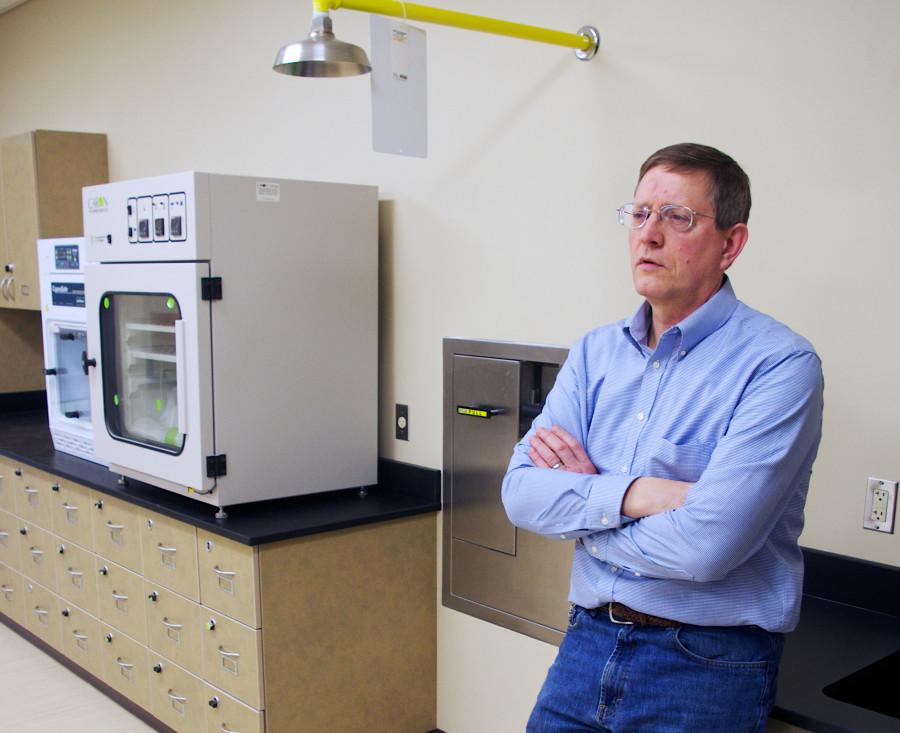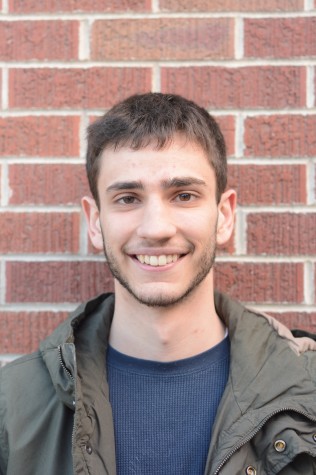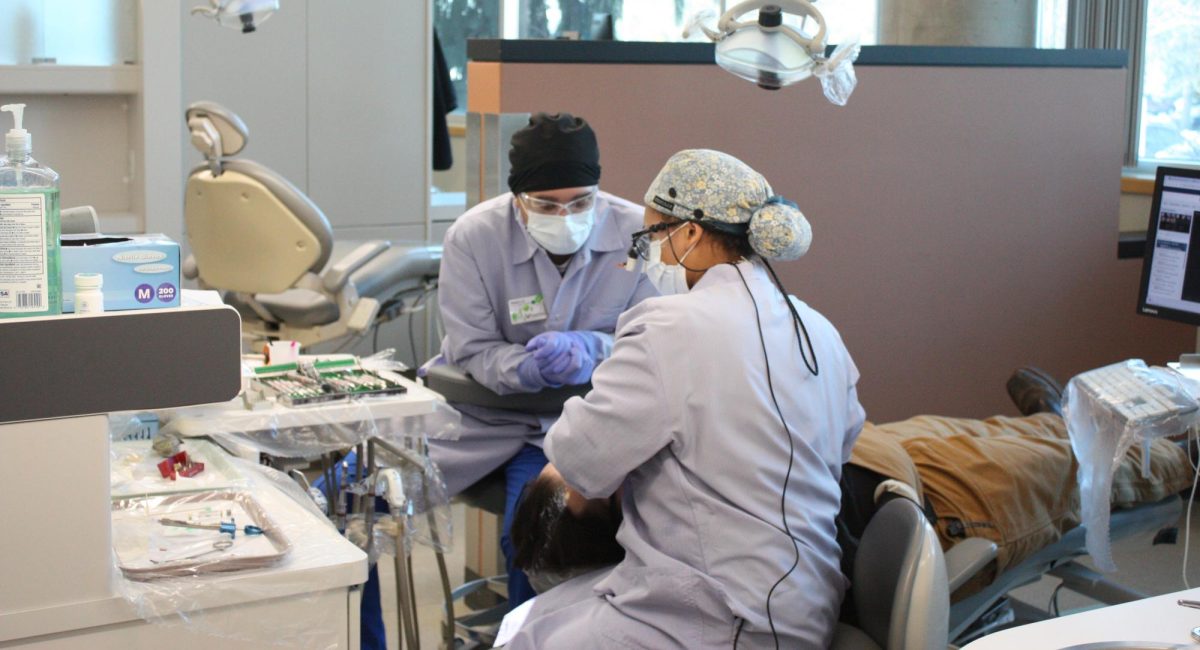Patterson forensics lab complete with mystery
January 22, 2014
Unused, unfurnished and locked, a new forensics lab unlike anything Eastern has seen before rests on the third floor of Patterson Hall.
Yet even after its construction, the purpose of the lab remained unclear to some faculty members.
According to Jim Moeller, Patterson Hall project manager, the lab was designed specifically for the criminal justice department.
“We built it for a specific purpose and I fully expect it to be used for that purpose,” Moeller said.
However, since design of Patterson began six years ago, some members of the criminal justice department did not know the lab was built for their use.
Sean Chabot, current chair of the department of sociology and justice studies, is not under the impression that the lab was designed with the help of his department.
“I don’t understand why so much money was spent on one room without consulting us or allowing us to hire [criminal justice] faculty who can teach forensics,” Chabot said.
Chabot also said no instructors currently teach courses that require the use of the new lab.
According to Moeller, the confusion is simply because the design of the room began so long ago with a different department chair. The predesign phase began in 2006 and lasted two years before the design phase started.
“From 2006 to 2014, a lot happens in the department,” Moeller said.
Pui-Yan Lam, who was the department chair during the design phase, said Julie Brownfield, an EWU forensic instructor, directly consulted with Moeller on the room due to her expertise in the area.
According to Brownfield, who is also the forensic unit manager at the Spokane County Sheriffs office, she helped design two rooms. The first was the forensics laboratory, which contains fume hoods and processing chambers for chemical processing, as well as equipment for fingerprint detection and forensic photography.
The other room, connected to the lab, is a mock crime scene, complete with a bathroom, mock kitchen and mock living room. These are all currently unfurnished, although the furniture should be coming in soon.
There is also a third room designed to be used as a mock trial room where students can learn how to present evidence in court.
“There is no other place like this on campus,” Moeller said.
Brownfield said there are many new opportunities this lab can bring for the university, including classes teaching forensic testimony, forensic inquiry and forensic videography.
Although the lab is out of use winter quarter, it should be ready to host courses in spring.
“My understanding is that I should be moved in and teaching forensic photography spring quarter,” Brownfield said.
Moeller said the communication about the lab over time was like passing a handful of sand from one person to another. Some information was bound to get lost in the process.
He said he plans on talking to the dean and provost office soon about the lab, and they will then get the criminal justice department reoriented.
“This will all get ironed out,” Moeller said.









